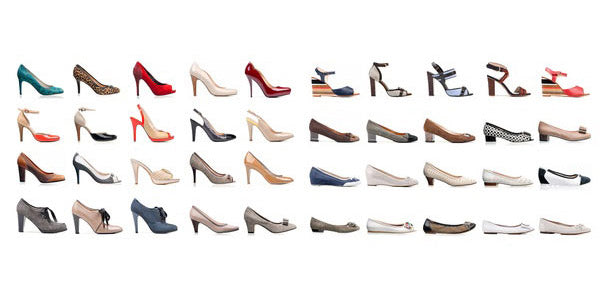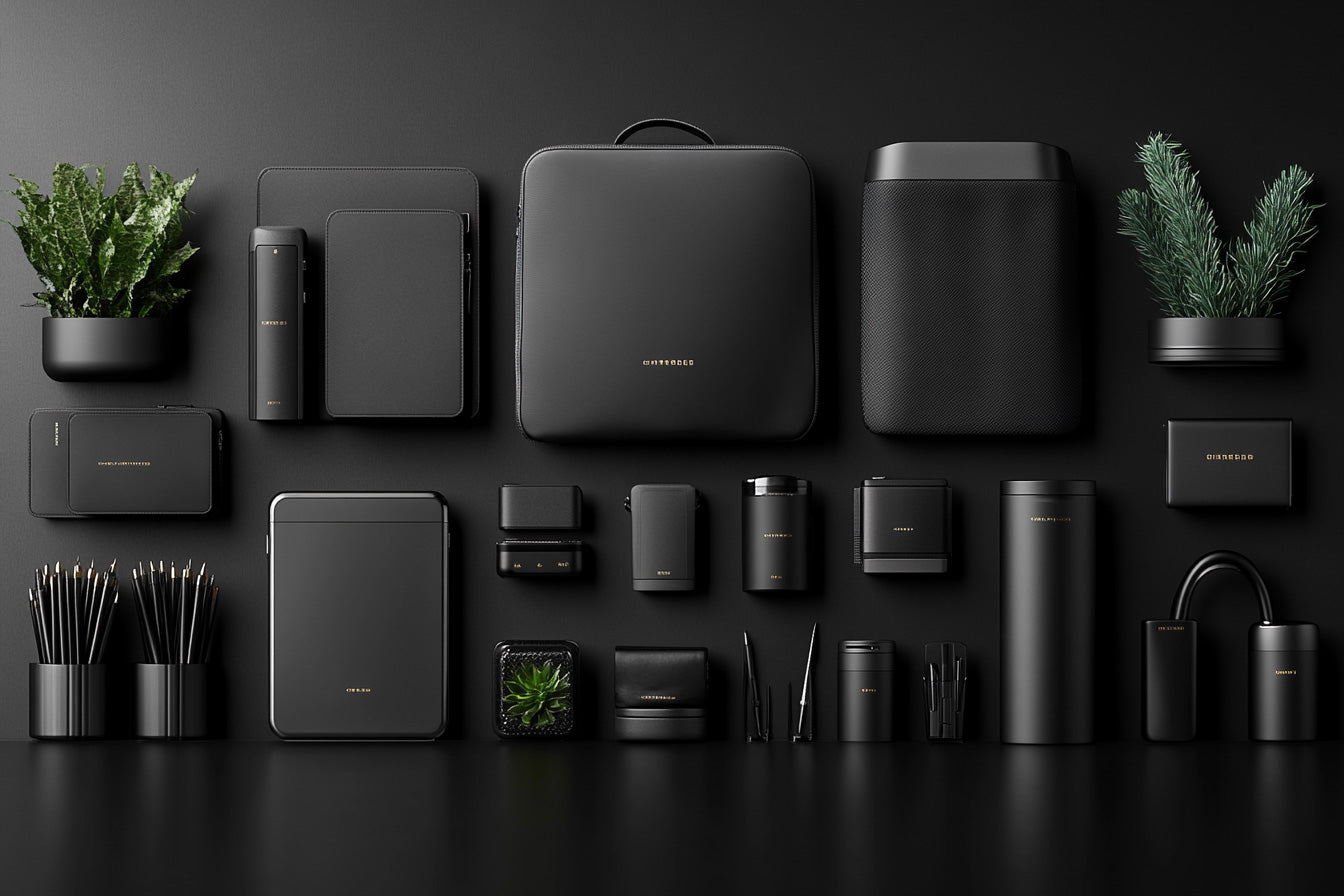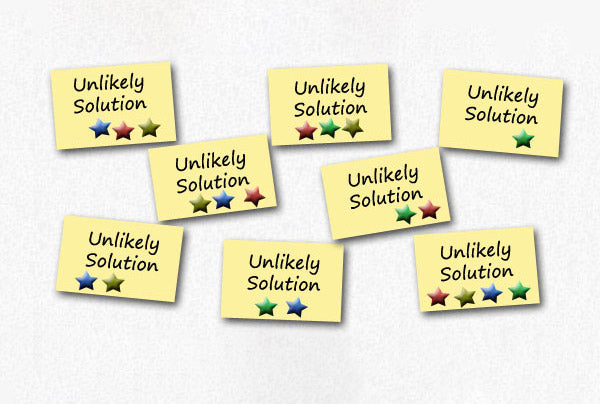Purpose
This is an entertaining and educational exercise. It helps to unleash people’s creativity, bring them together and get them to cooperate on a common task and solve problems.
In this exercise, the main aim is to get teams design shoes. You will provide a set of criteria as well as research materials and teams should then work on a creative solution. The designs are compared and a winning team is rewarded.
Objective
Design a shoe based on the specific criteria given to you.
What You Need
- Computer and internet access for all groups.
- Depending on the variation used, you need the following:
-
Variation 1
- Pictures of shoes. These can be provided as printed pictures or a series of pictured provided on computers. You need to prepare a set of images that represent a particular idea for the shoe design task. These can be examples made by fashion designers and the images are used to inspire teams on what to design. Make sure the images represent a consistent area or idea so that it doesn’t lead teams to design whatever show they want.
-
Variation2
- Provide a specification scenario. Examples of these specifications are provided below (Show Design Objective Cards).
-
Variation 1
- Drawing materials such as papers and colour pens.
- Catalogues and fashion books. You can optionally provide shoe catalogues or fashion art books to help with inspiration or to be used as reference material. You can easily obtain such reference books from a local art library.
Setup
- Divide the delegates to groups of 3.
- Explain that in this exercise they get to design shoes. They should design the shoes based on the specification you’ve given them.
- If you want the teams to compete, assign the same objective for all groups so results can be compared. Alternatively, if team bonding is the main objective, you can provide a different objective to each group.
- Consider using the following two variations:
- Variation 1. In this variation, provide a series of images to teams.
- Variation 2. In this variation, provide a Show Design Objective Card to each group.
- Make all the resources available to all delegates.
- Allocate 30 minutes for the teams to design the shoes. They can start with draft sketches as they brainstorm the design. They should eventually prepare a clean drawing of their final design for presentation. Make resources such as computers or catalogues available to teams as necessary.
- After the allocated time, bring back all the teams together and ask each team to present their design.
- Ask each team to show their final design first. Ask other groups to comment on it and provide feedback.
- Ask the design team to explain how they went about designing the shoe.
- They should explain the following:
- What inspired this design?
- What was the original idea and how does the result compare with the original idea?
- What design process did they go through? The team should demonstrate this by sharing their draft sketches. In particular, they should explain how one idea led to the next.
- Allow 10 minutes for each group to present their designs and receive feedback.
- If you are running this exercise as a competition, consider asking teams to vote for the best shoe design. They should vote simultaneously and anonymously for any group other than their own. The team with the highest number of votes wins. Optionally, you can provide a prize to the winning team.
- Follow with a discussion.
Timing
Explaining the Exercise: 5 minutes
Activity: 10 minutes
Group Feedback: 10 minutes
Discussion
How did your team approach the design or problem solving task? Did you nominate a team leader to coordinate tasks? What creative process did you use to come up with an original design? What was unique about the winning team’s design?
Variations
Consider the following variations:
Use this exercise to teach brainstorming techniques by asking groups to follow a particular brainstorming method upfront. Examples of techniques include, dialectic inquiry, pluses, potentials and concerns, shifting technique, double brainstorming, reverse and negative brainstorming.
Use systematic methods to generate creative solutions such as the NAF method, random associations or non-obvious solutions.
Use several rounds of design. After the first round ask each group to use another group’s design and then combine various elements of both designs to create a new design.
Objective Cards
To Tutor: Prepare a set of cards with the following objectives. Place one objective on each card.
- Design a boot
- Design a stiletto
- Design a sandal
- Design an Oxford
- Design a platform
- Design a wedge
- Design a high-heeled shoe
- Design a sport shoe (name the sport)
- Design a roller-blades shoe
- Design a shoe that represents your brand
Comments
By Lakshminarayanan K @ Wednesday, March 4, 2015 9:46 PM
Can u suggest a management game for Time Management?
I have a suggestion to make.
Participants, divided into groups are given a activity list containing different activities that fall under the Covey's Time Management Matrix. Can u suggest activities for this purpose?
Soft Skills Training Materials
Get downloadable training materials
Online Train the Trainer Course:
Core Skills
Learn How to Become the Best Trainer in Your Field
All Tags
Training Resources for You

Course Design Strategy
Available as paperback and ebook

Free Training Resources
Download a free comprehensive training package including training guidelines, soft skills training activities, assessment forms and useful training resources that you can use to enhance your courses.

Our Comprehensive Guide to Body Language

Train the Trainer Resources
Get Insights - Read Guides and Books - Attend Courses
Training Materials
Get downloadable training materials on: Management Training, Personal Development, Interpersonal Development, Human Resources, and Sales & Marketing














Leave a comment
All comments are moderated before being published.
This site is protected by hCaptcha and the hCaptcha Privacy Policy and Terms of Service apply.